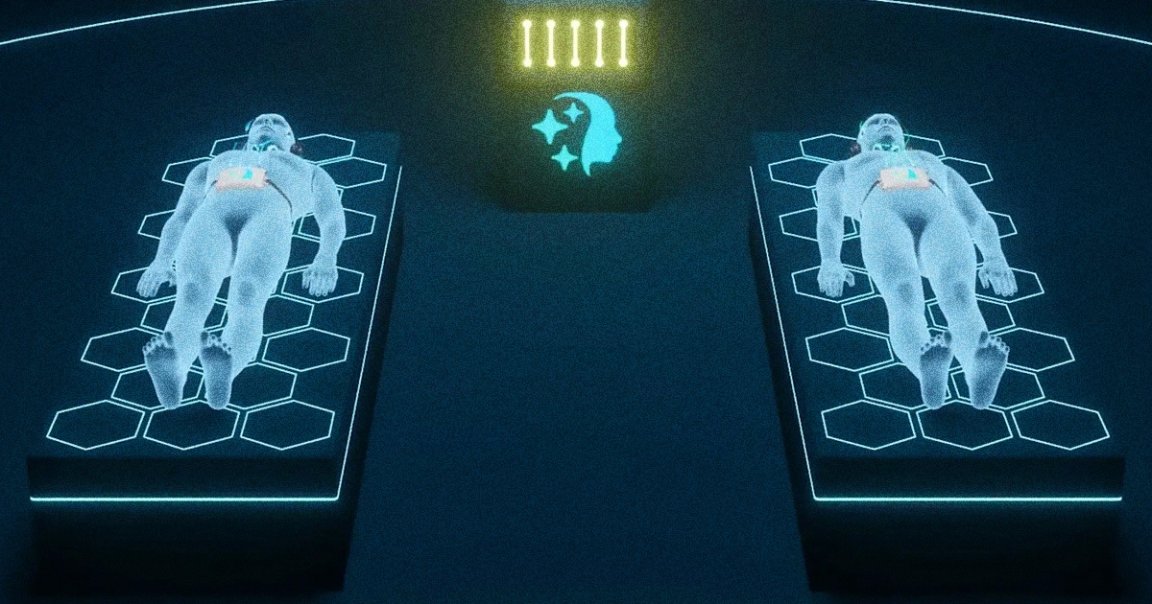
Peer to Peer
A San Francisco startup has supposedly broken the dream barrier.
REMSpace claimed that it’s achieved “new dimensions of communication” between two humans who were sleeping, by sending messages while both were in a lucid dream state.
These messages weren’t sent over the ether, but through a special device designed by the company and attached to each participant’s head — thus facilitating “the first ever ‘chat’ exchanged in dreams.”
But since it hasn’t published its latest research yet, you’ll have to take the company’s word for it.
“Yesterday, communicating in dreams seemed like science fiction. Tomorrow, it will be so common we won’t be able to imagine our lives without this technology,” CEO Michael Raduga said in a statement, adding that pursuing REM sleep technology “will become the next big industry after AI.”
REM-Shackle
Here’s how REMSpace describes the experiment in a press release, in lieu of scientific documentation. You can also “watch” the experiment in a video the company shared, which is just a visualization without real footage.
In a nutshell, it involved having two participants sleep at their homes while their devices, connected to a server over WiFi, collected polysomnographic data, which included monitoring their brain waves and heart rate.
Then, through earbuds, a secret word was transmitted to the first person to enter a lucid dream, a state in which the dreamer becomes aware that they’re dreaming. He then repeated the word in their dream — via facial expressions, it sounds like — which was “captured” by the server and stored there. When the other participant entered a lucid dream minutes later, she supposedly “received” the stored message after it was sent to her.
“Our server detected his reply and confirmed that it was right. And when the next person found herself in a lucid dream, we sent his answer to her, and she repeated it as well,” Raduga told ABC 7 News last week.
Language Barrier
The word, which remains undisclosed, came from no ordinary lexicon. Instead, it was derived from “Remmyo,” a dream language that the company claims can be detected with a device that looks for distinct EMG patterns made by performing certain facial movements.
“When you talk in this language in your dreams, we can hear you and we can connect two dreamers together,” Raduga told ABC 7.
If all of this sounds a little dubious, don’t worry: REMSleep says it’s got a peer-reviewed study coming down the pipe.
“The paper on communication within lucid dreams has already been written and submitted for review to a scientific journal,” the company announced on Facebook. “We anticipate its publication within the next 2 to 6 months.”
More on the brain realm: Scientists Say They’ve Traced Back the Voices Heard by People With Schizophrenia